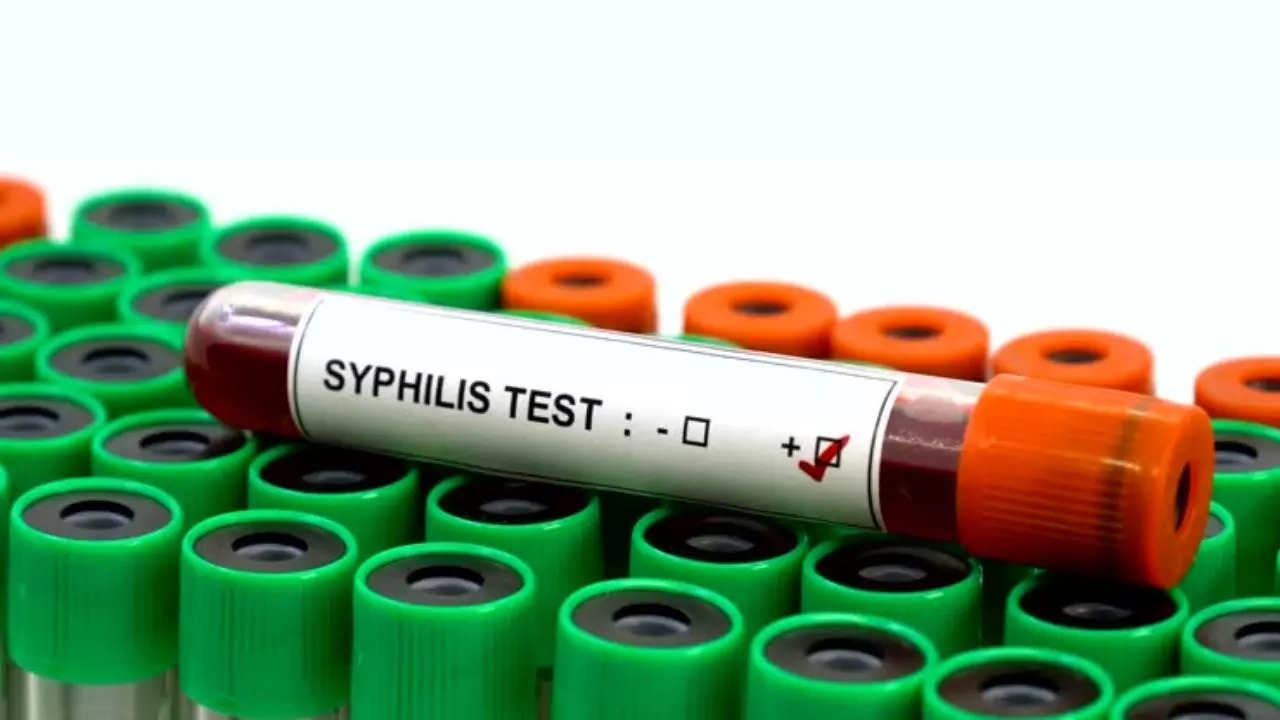Syphilis cases in the US reach their highest level since the 1950s: Signs to look out for (Image credit: iStock)
Syphilis, a sexually transmitted infection, was nearly eradicated in the United States in the early 2000s but has seen a significant resurgence. In 2022, the Centers for Disease Control and Prevention (CDC) reported more than 200,000 cases of syphilis, the highest number since 1950. Cases of congenital syphilis have also increased tenfold in the past decade, despite 90% being preventable, according to the CDC.
Experts attribute this resurgence to a lack of funding for prevention programs over the past 20 years and to difficulties in diagnosing syphilis, often called the “great imitator” because of its varied symptoms. Many people have no symptoms or are unaware they are infected, and even when they do visit a doctor, a proper diagnosis is not always guaranteed.
“There are a lot of people who are seen in private practices, emergency rooms or walk-in clinics, where doctors may not think about syphilis or take a detailed sexual history,” said Dr. Kenneth Mayer, an infectious disease physician and director of medical research at the Fenway Institute in Boston. With a generation of doctors rarely encountering syphilis during their training, Mayer stressed, “the problem is that testing isn’t done in the first place.”
The COVID-19 pandemic further exacerbated the situation as public health departments shifted resources away from sexually transmitted infections (STIs) to focus on the virus.
“The solutions to controlling syphilis are pretty straightforward. We’re not talking about high-tech innovations or new treatments,” said Dr. Dave Chokshi, president of the Common Health Coalition and former New York City Health Commissioner. “It’s about closing gaps in testing and treatment.”
As syphilis cases increase, doctors and public health officials are developing innovative and sometimes unconventional methods to detect the disease and stop its spread.
Signs and symptoms of syphilis:
Syphilis progresses through four stages, each with distinct symptoms. However, many people with syphilis may not have any noticeable symptoms, so regular testing is important.
1. Primary stage:
– Appearance of a painless sore, called a chancre, at the site of infection (genitals, mouth, anus).
– The sore usually appears 3 weeks after exposure and heals on its own within 3 to 6 weeks.
2. Secondary Stage:
– Non-itchy skin rashes, usually on the palms of the hands and soles of the feet.
– Mucosal lesions.
– Flu-like symptoms (fever, fatigue, swollen lymph nodes and sore throat).
– Hair loss and weight loss may also occur.
3. Latent stage:
– There are no visible symptoms during this stage.
– The infection remains in the body and can last for years.
– Without treatment, it can progress to the most severe form.
4. Tertiary Stage:
– Occurs years or decades after the initial infection if left untreated.
– It can affect multiple organs, including the heart, brain and nerves.
– It can cause paralysis, blindness, dementia and even death.
Congenital syphilis (in babies born to infected mothers):
– It can cause miscarriage, stillbirth, premature birth, or life-threatening symptoms in newborns such as deformities, developmental delays, and seizures.
Preventive measures:
1. Safe sexual practices:
– Use condoms correctly and consistently during sexual activity.
– Limit the number of sexual partners.
– Communicate regularly with your partner about sexual health and testing.
– If you are sexually active, get tested for STDs regularly, especially if you engage in high-risk behaviors.
2. Early detection and screening:
– Routine STI screening for sexually active people, particularly those with multiple partners or those who are pregnant.
– Pregnant women should be screened for syphilis early in pregnancy to prevent congenital syphilis.
3. Avoid contact with sores:
– Abstain from sexual intercourse if you or your partner have visible sores or are being treated for syphilis.
4. Notification and treatment to the partner:
– If you are diagnosed with syphilis, notify all of your sexual partners so they can be tested and treated to prevent the spread of the infection.
5. Treatment:
– Syphilis is cured with antibiotics, usually penicillin.
– Early detection and treatment can prevent the disease from progressing to later, more dangerous stages.
Disclaimer:
The information contained in this post is for general information purposes only. We make no representations or warranties of any kind, express or implied, about the completeness, accuracy, reliability, suitability or availability with respect to the website or the information, products, services, or related graphics contained on the post for any purpose.
We respect the intellectual property rights of content creators. If you are the owner of any material featured on our website and have concerns about its use, please contact us. We are committed to addressing any copyright issues promptly and will remove any material within 2 days of receiving a request from the rightful owner.

